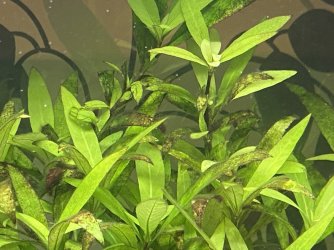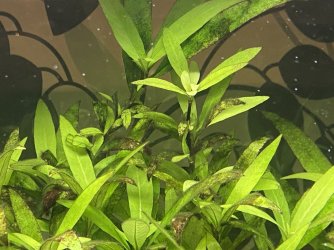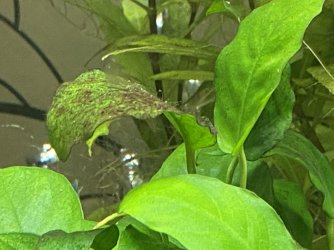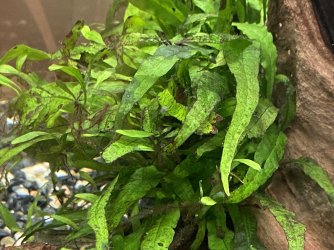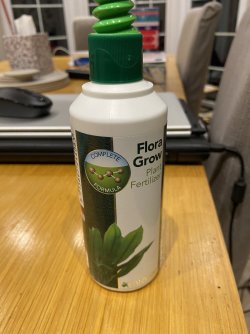Hi All,
Need some help please.
My plants appear to be turning black pretty quickly and I’m trying to understand what I can do to help them. I add liquid Co2 to the tank daily, do regular water changes and add fertiliser, and still they’re turning black. See photos attached.
Any advice would be great
Thanks
Rob
Need some help please.
My plants appear to be turning black pretty quickly and I’m trying to understand what I can do to help them. I add liquid Co2 to the tank daily, do regular water changes and add fertiliser, and still they’re turning black. See photos attached.
Any advice would be great
Thanks
Rob


